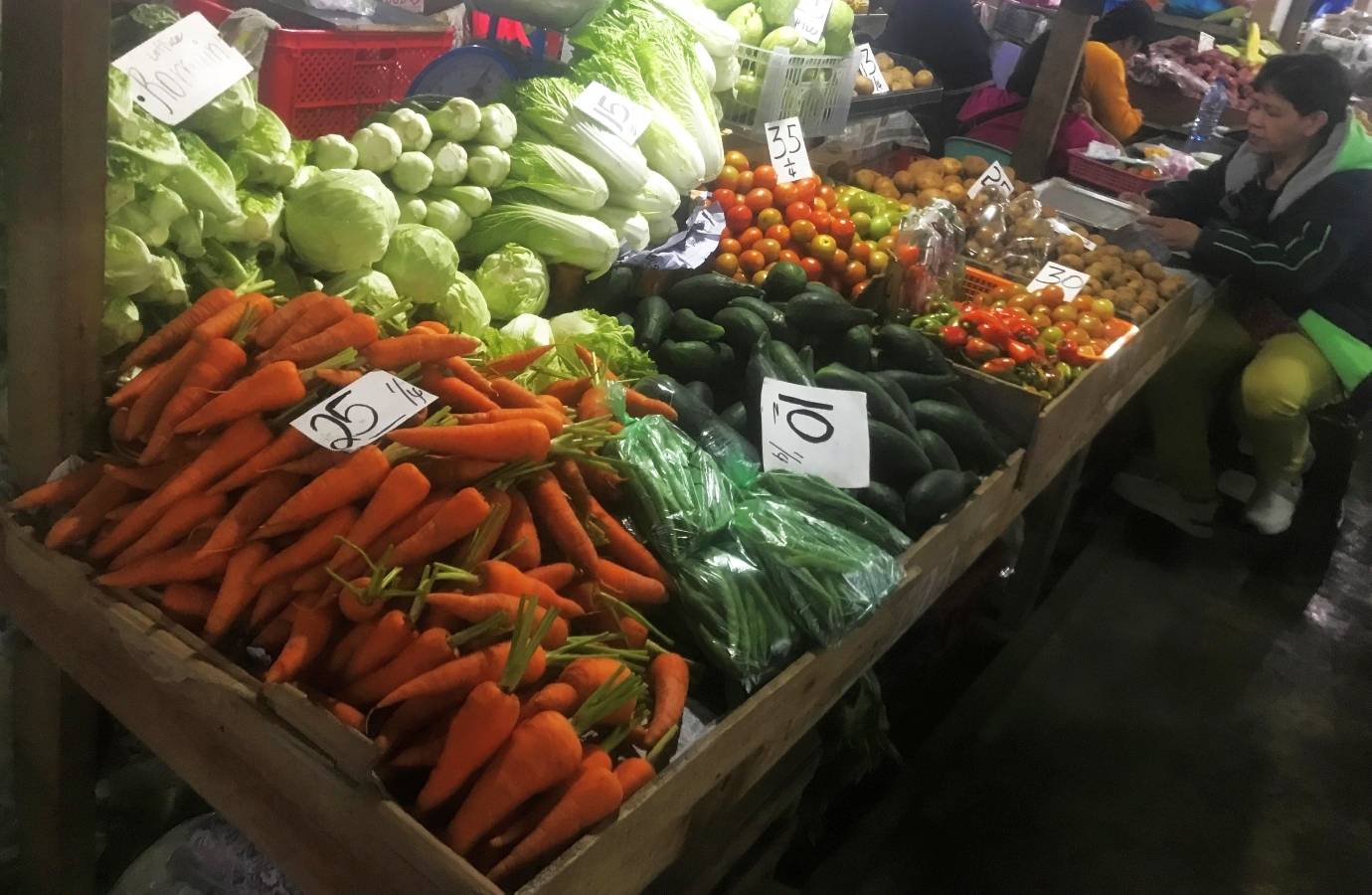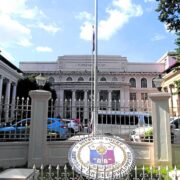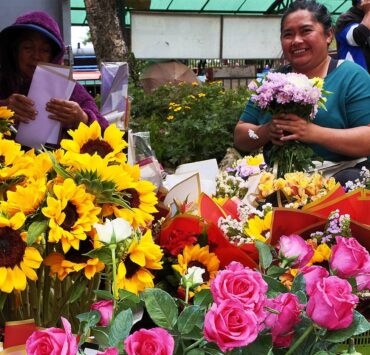Cordillera sees a spike in inflation

BAGUIO CITY—Inflation continues to strain household budgets across the Cordillera, rising from 3.3 percent in December last year to 4.1 percent at the start of 2025—driven by high food prices, fuel and transport costs, local authorities said.
Food prices rose even as the mountainside farms in Benguet province produce 80 percent of the region’s salad vegetables, including cabbages, green beans, lettuce, cauliflower, and broccoli, which are shipped daily to Manila consumers.
From Jan. 2 to Jan. 8, upland farmers supplied P493.9 million worth of vegetables to various markets, according to the Department of Agriculture (DA).
“Food and Non-Alcoholic Beverages [index] was the primary contributor to inflation in the region. This commodity group accounted for 50 percent of overall inflation, contributing 2.1 percentage points to the total inflation rate of 4.1 percent,” according to a report posted by Villafe Alibuyog, Cordillera director of the Philippine Statistics Authority (PSA), on the agency’s website.
The report added: “This was followed by Housing, Water, Electricity, Gas and Other Fuels, which accounted for a 30.1 percent share of last month’s inflation surge, and Personal Care and Miscellaneous Goods and Services, representing a 4.4-percent share of the January inflation rate.”
Fluctuations
Alibuyog attributed food inflation to a sharp increase in the Vegetables, Tubers, Plantains, Cooking Bananas and Pulses index, which rose to 21.9 percent in January from 10.7 percent in December. However, a decline in rice prices slowed inflation in the cereals category, dropping from 6.8 percent in December to 2.8 percent in January.
Like the rest of the country, Cordillera saw a slowdown in inflation last year, hitting a low of 1.2 percent in September after peaking at 4.8 percent in July. However, inflation surged again to 1.4 percent in October, 2.4 percent in November and 3.3 percent in December.
All Cordillera provinces—except Ifugao (which saw inflation dip to 2.9 percent from 3.1 percent in December) and Apayao (which dropped to -0.6 percent from 0.6 percent in December)—experienced another inflationary spike at the start of 2025. In Baguio City, inflation rose to 4.4 percent in January from 3.9 percent in December.
Abra recorded the highest inflation rate in the region last month at 6.9 percent, up from 5.1 percent in December.
Rising veggie prices
The DA reported that reduced farm production in early 2025 may explain the surge in wholesale prices for upland crops during the Christmas season (Dec. 23 to Dec. 27) and after New Year’s Day (Jan. 2 to Jan. 3).
At the Baguio City Public Market, the price of carrots jumped from P120 per kilo during the Christmas week to P160 per kilo after New Year’s Day. Benguet-grown pechay (Chinese cabbage) sold for P60 per kilo on Jan. 2 to Jan. 3, up from P40 per kilo in late December.
In Benguet’s La Trinidad, a major vegetable trading hub, tomato prices increased from P135 per kilo in December to P157 after New Year. Meanwhile, in Lagawe, Ifugao, tomato prices surged from P150 per kilo in December to P200 after New Year, though pechay prices dropped from P80 per kilo in December to P60 per kilo in January.
Similarly, in Bangued, Abra, tomato prices rose to P180 per kilo after New Year from P160 in December, while carrots climbed to P150 per kilo, up from P120 in December.
Rate adjustments
Despite rising food prices, 2025 began with a slight drop in power rates for Baguio and Benguet residents. The Benguet Electric Cooperative (Beneco) announced that January electricity bills reflected a 20-centavo decrease, largely due to lower prices at the Wholesale Electricity Spot Market.
Although the peso weakened against the US dollar toward the end of 2024, inexpensive coal helped cushion power generation costs at Limay Power Inc., Beneco’s main supplier, said general manager Melchor Licoben.
However, Baguio will soon face a 30-percent increase in water rates for residential, commercial, and government consumers in 2025. This will be followed by a 10-percent hike in 2026 and another 10-percent increase in 2027.

















